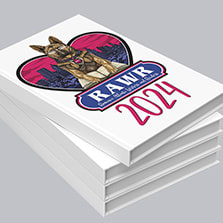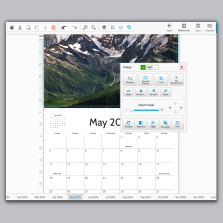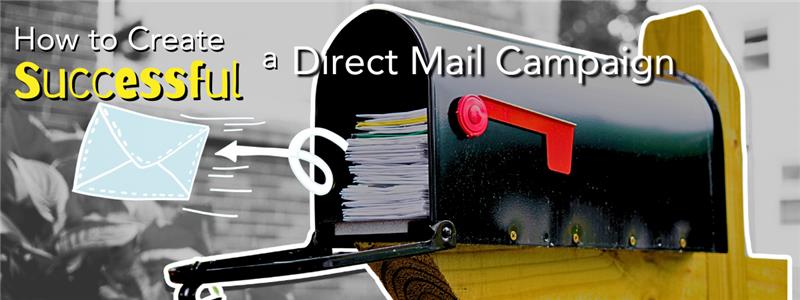
How to Create a Successful Direct Mail Campaign
Direct mail marketing has proven itself to be effective at grabbing attention, building trust, and delivering measurable ROI. If you’re just starting to explore how it fits in you marketing mix, you might also find our guide on why direct mail still belongs in your marketing strategy helpful. But getting those results takes clear steps and careful planning. This guide will walk you through the essential steps to create a successful direct mail campaign that effectively reaches your target audience and meets your marketing objectives.
Here’s what you’ll want to focus on to get the most out of your direct mail campaign:
- Campaign Goals
- Identifying Target audience
- Mail Format & Messaging
- Budget & Timeline
- Tracking & Optimizing
Define your Campaign Goals
Start by clearly outlining what you want to achieve with your direct mail campaign. This will set the tone for your strategy and help guide everything else that follows.
Are you looking to build awareness with new audiences? Promote a specific product or event? Drive conversions with a limited-time offer? Retarget past customers who haven’t engaged in a while? Each of these goals falls into a different stage of the marketing funnel: awareness, consideration, conversion, retention, and your approach should reflect that.
When your goal is clear, it becomes easier to decide what kind of mail to send, how to structure your message, and how to measure success.
Some campaign goal examples might be:
- Increase traffic to a specific product page
- Reach 1,000 new households in a zip code
- Generate qualified leads in a specific market
- Support ongoing retention or loyalty with a thank-you campaign
The more specific you are, the more focused and effective your campaign will be.
Identifying Your Target Audience
A strong message only works if it lands in the right hands, so your audience matters just as much as your offer.
Your target audience will depend on your goal. If you’re focused on brand awareness, you might want to reach a broader group in a specific region. If your goal is lead generation, you’ll want to target prospects who closely match your ideal customer profile.
Here are a few ways to narrow your audience:
- Start with your existing customer data. Look at demographics, age, industry, location, or buying behavior. This can help you find trends and group your customers in a way that makes sense for your campaign.
- Use the same characteristics of your existing customers to build a list of new prospects who are likely to be interested in what you offer.
- Try geographic targeting. Tools like Every Door Direct Mail (EDDM) make it easy to reach people in specific neighborhoods or zip codes.
Choosing the Right Message in the Right Format
Once you know your goal and who you’re targeting, it’s time to figure out how you want to deliver your message. The format you choose should fit the purpose of your campaign and how much space you need to communicate your offer.
Postcards are simple, straightforward, and affordable. There’s nothing to open, so your message is seen right away. This works well for sales, limited-time offers, or reminders.
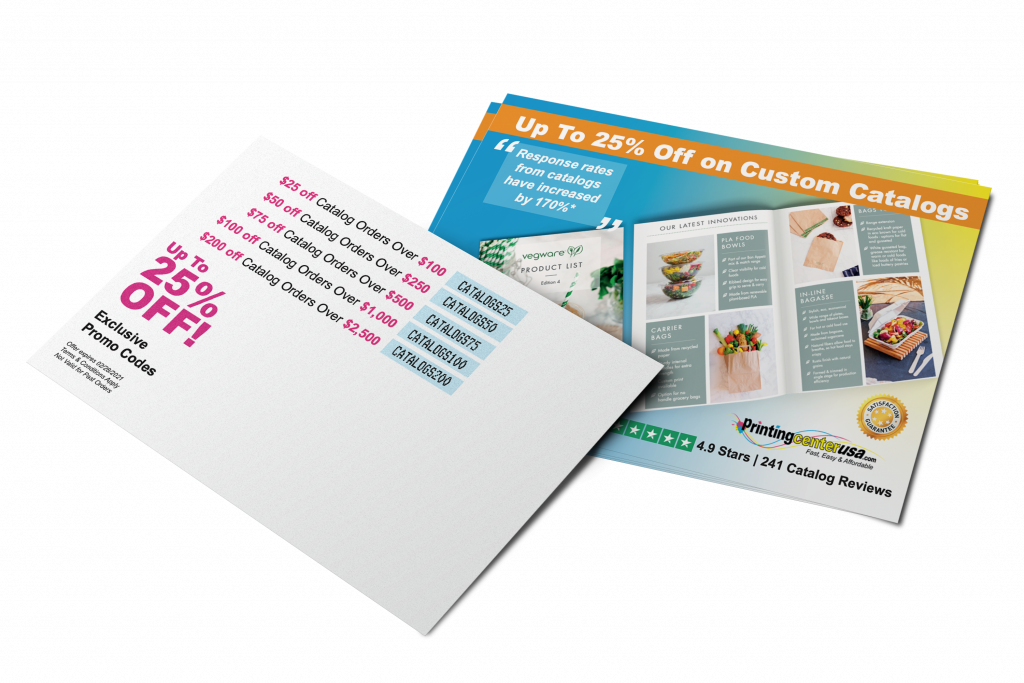
Brochures are useful when you have a little more to say or want to walk the reader through a few key points. They’re great for highlighting services, introducing your brand, or explaining how something works.

Catalogs or booklets are ideal when you are showing off a full product line, seasonal offers, or more detailed content. These tend to stay around longer and give your audience something they can flip through or share with others.
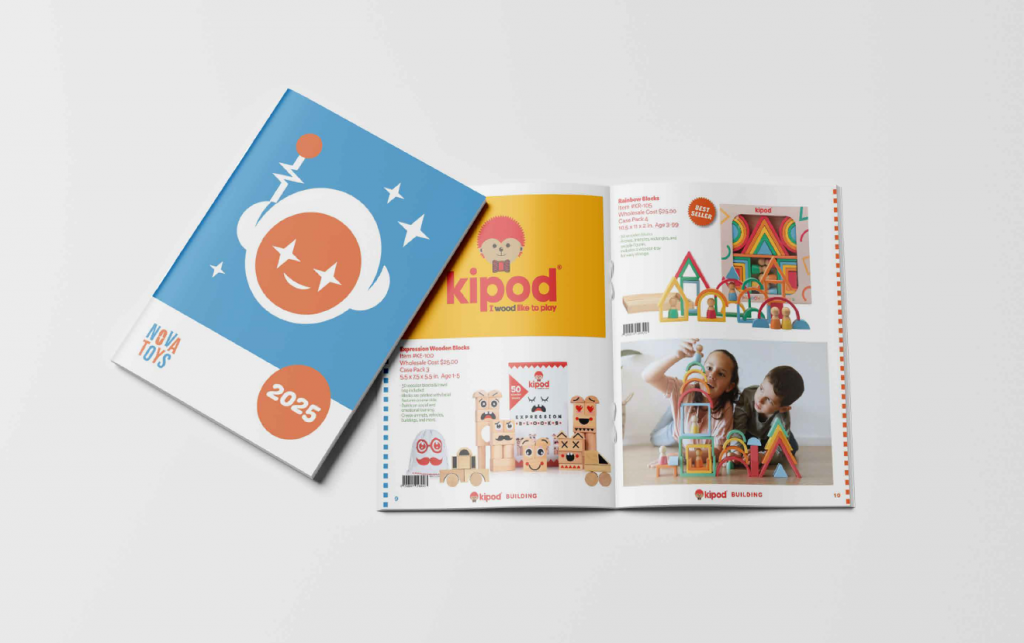
Don’t forget, the format also affects how your audience interacts with the piece. Something small might stand out in a pile of mail while something bigger might be saved or passed along. Think about what you’re trying to say and how much space it takes to say it well, and then choose a format that works for the message.
Once your format is set, focus on what you want your audience to actually take away from your piece. People tend to scan before they read, so lead with something that grabs attention right away.
- Start with a strong headline. Keep it clear, punchy, focused, and easy to skim.
- Be specific about he offer. What’s in it for them? Why should they care?
- Keep your call-to-action (CTA) clear. Make sure it’s obvious what to do next.
- Make sure your design supports your message and doesn’t distract from it. Try to make your CTA stand out visually so it doesn’t get lost in the layout.
Planning your Budget & Timeline
Even the best campaign idea needs a realistic budget and timeline to make the entire process smoother and give your campaign the best chance to succeed.
Start with your budget. Think through everything involved from design, printing, postage, mailing services, and tracking tools. Don’t forget to factor in things like list rentals or data services if you’re building a new audience list. Knowing your total budget up front will help you choose the right format, mailing size, and quantity without overspending.
Be intentional about your timeline. Direct mail takes more time than sending an email. Account for design, proofing, approvals, printing, production time, mail preparation, and delivery windows.
If your campaign is tied to a promotion or event, work backward from your launch date to figure out when everything needs to go out. Giving yourself a clear timeline will help make sure your mail is delivered when it aligns with your campaign goals.
Tracking & Optimizing
Even though direct mail is physical, there are plenty of simple ways to measure how your campaign performs. You don’t need complicated tools, with a few small additions you can get a clear picture of what’s working.
- Use custom UTM URLS or tracking links to monitor web traffic.
- Include promo codes to see which offers performed the best, who took action, and how many conversions made.
- Track response rates, conversion rates, and cost per lead to understand how your campaign performed compared to other channels.
You can also connect your print campaigns to digital platforms to make tracking even easier. For example, a QR code that leads to a landing page gives you a fast, trackable way to see who responded and what actions they took.
The more you track, the more you learn. Use the data from each campaign to refine your audience, improve your messaging, adjust your offers, or test different formats. Every campaign becomes an opportunity to get better results the next time around.
Key Takeaway
With the right planning, and a clear message, direct mail can be a smart, effective part of your marketing strategy. Stay focused on your goals, keep refining your process, and treat every campaign as a chance to build stronger results.
PrintingCenterUSA can help you print, mail, and deliver with confidence. Get a free instant quote and start your next campaign.
















